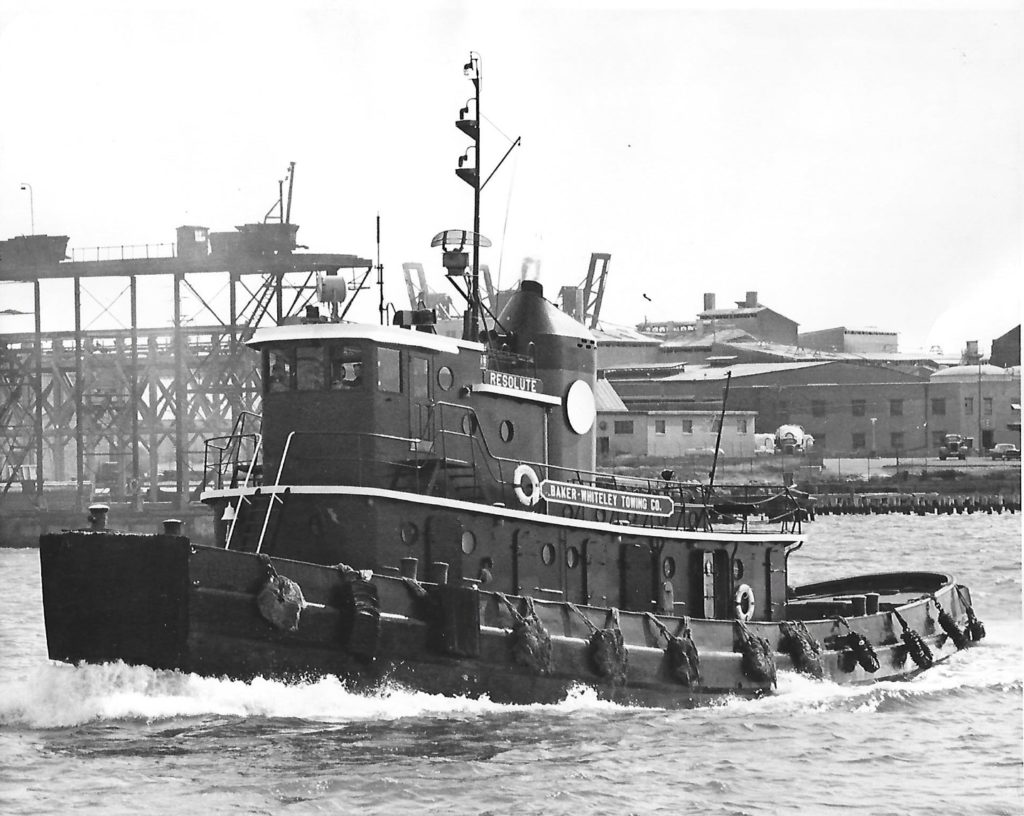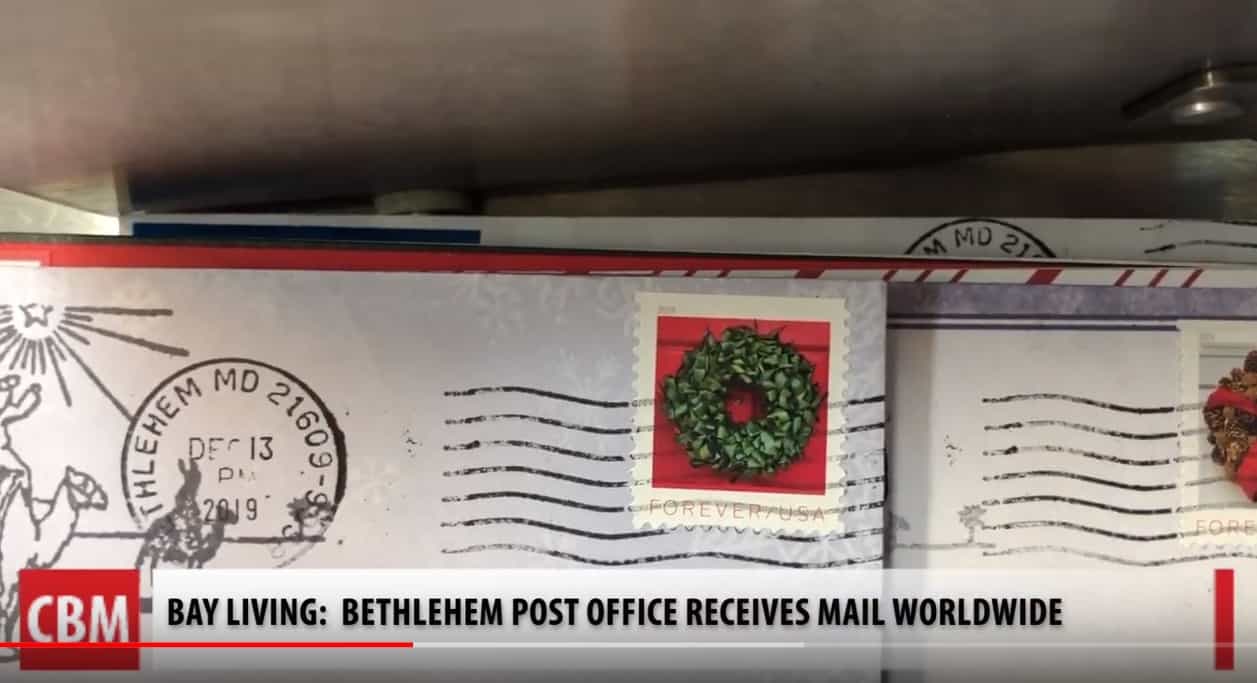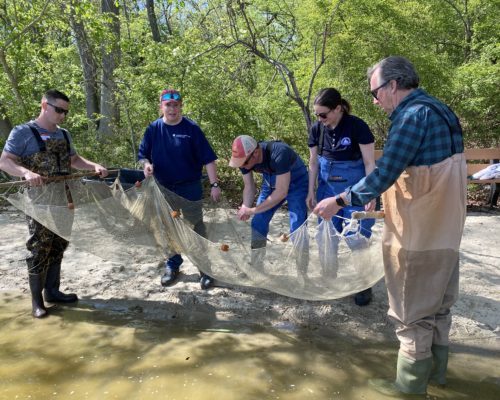By Rafael Alvarez
There is a whale in the bedroom of my grandparents’ house in Greektown. It’s been there for 20 years now—bigger than life, demanding attention, and caged in a dozen banged-up notebooks.
The room hasn’t been their alcoba for a very long time. I turned it into an office—installing stained glass to honor them—after moving in several decades ago. The china cabinet that belonged to my grandmother, Frances, was moved in to store those notebooks; the cage that holds the whale which goes by the name The Seafaring History of the Alvarez Family.
With late middle-age upon me—and time moving faster than ever with the recent death of my father—it’s time to salvage what I can from the colossus.
I have worked on ships at two pivotal moments in my life: right out of high school in 1976, and 20 years ago when I left the Sunpapers after a couple of decades chasing news on the City Desk. I say “worked on ships,” instead of going to sea because I never crossed the Atlantic or sailed farther from Baltimore than St. Croix and Puerto Rico. One day soon I’m going to correct that.
My first job was as an ordinary seaman on the infamous container ship Mayaguez, launched out of North Carolina near the end of World War II as the S.S. White Falcon and long since scrapped. The year before I signed on, about a month after the fall of Saigon, the ship was seized by the Khmer Rouge of Cambodia and recaptured by the U.S. Marines.
I was ignorant of this as we shoved off from the Dundalk Marine Terminal on a clear morning in June, literally “learning the ropes” with no training other than a few Joseph Conrad stories. The officers called me “Junior.”
Across the channel, a tugboat moved toward us, which was odd because we’d already made fast to the tugs towing us toward the not-yet-completed Key Bridge for the trip down the Chesapeake Bay.
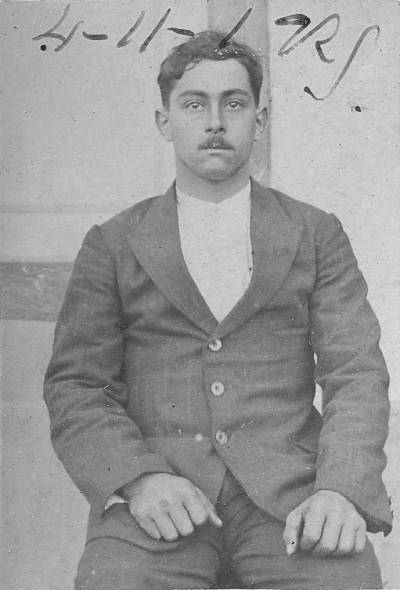
It was the America of the old Baker-Whiteley Towing Company, with the late Jerome “Romey” Lukowski at the wheel. Alongside him in the wheelhouse, beaming at me, was my dad, Manuel, known as “The Chief” on the docks for his status as chief engineer. Mr. Jerome tooted the shrill whistles and they waved to me, a moment I will carry with me to the grave: Dad, younger than I am today, beaming at his first-born departing the Baltimore waterfront.
The America headed back to the City Pier at the foot of Broadway and the Mayaguez began steaming for San Juan with containers of everything needed to stock a Puerto Rican supermarket. From there it was on to New Orleans—loaded with rum—and then back again; all summer long, up and down the coast between Baltimore, a tropical island taken from Spain in 1898, and the Crescent City.
I did the same the next summer as a wiper in the engine room (same ship, same run) before joining the Baltimore Sun as a circulation dispatcher and beginning a climb to the newsroom. There, in between reporting murders, obits, and weather stories, I’d write about any boat or ship on the Patapsco, including a cabin cruiser built by a seafaring cook in the living room of his South Baltimore rowhouse.
After spending half my life at the paper, I began to feel confined and, like Ishmael, “I thought I would sail about a little and see the watery part of the world […] to prevent me from deliberately stepping into the street, and methodically knocking people’s hats off.”
It wasn’t someone’s hat I wanted to knock off as much as a certain editor’s head and that of his stooge lieutenant. They were somewhat disenchanted with me as well. When one of the seemingly endless buyouts came around in 2001, I quit the paper and signed onto the cable ship Global Link, docked near the former Sunpapersprinting plant at Port Covington. Time to capture the whale.
The plan was to live off of my Sun severance for a year, use my Seafarers International Union health insurance to cover my children, and interview everyone connected to my family’s three-generation maritime history for a book to put me on the map.
Rafael Alvarez Viega (Grandpop) landed in Fells Point from Spain on an English steamer in the Roaring 20s; my father left home at 17 to work Beth Steel ore boats on the Venezuela run in 1951; and I borrowed the chief steward’s typewriter between my 4 to 8 watch to bang out juvenalia in the last year of the Ford Administration.
The book would be written at sea, a hook I thought would surely land a contract. But my proposal found no truck with publishers in New York. A nibble from Scribner’s—the first American publisher of 20,000 Leagues Under the Sea—was the only positive response. The editors who rejected the idea—which went 0 for 13—wanted to know how the story would end.
It ended like this: Instead of being a shipboard author, I was simply a deckhand in search of any story that would sell.
Years went by. As Saul Bellow has written, I got hung up here for an afternoon and there for a decade. The whale lay dormant as virtually all of the people I interviewed for the project, including the son of the man who put my father on his first ship, passed away.
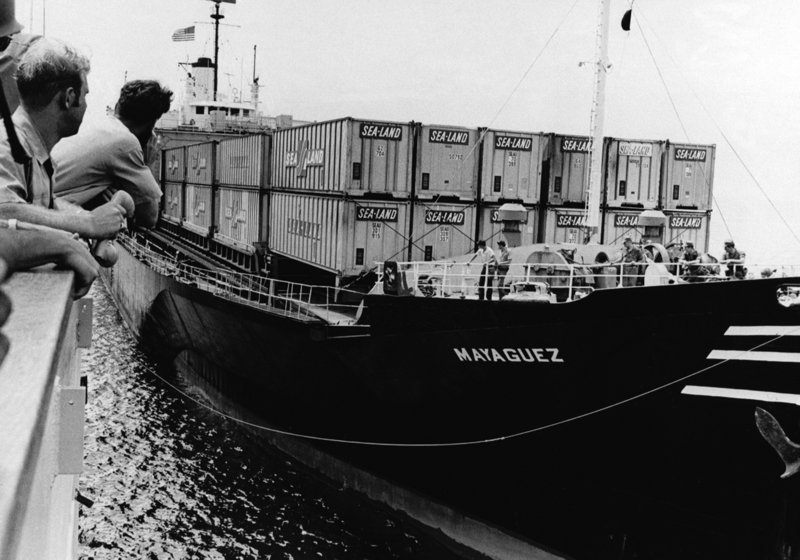
One of the last survivors is my father’s brother, Victor Alvarez, of Cambridge, Md. Uncle Vic, a retired tool-and-die maker for whom one voyage was enough.
Remembering the 1952 journey between semesters at Mergenthaler High School, Victor said, “we were going past Hatteras loaded with ore in a storm. The ship was bucking so much, you could nearly reach down from the deck and touch the sea.”
Touch the sea. That’s what I’m trying to do. Reach down below the waves to embrace everything that brought me to this moment, here in the room where my grandfather dreamt of Spain and the whale waits to be rendered into oil for lamps by which to read sea stories, perhaps my own.

